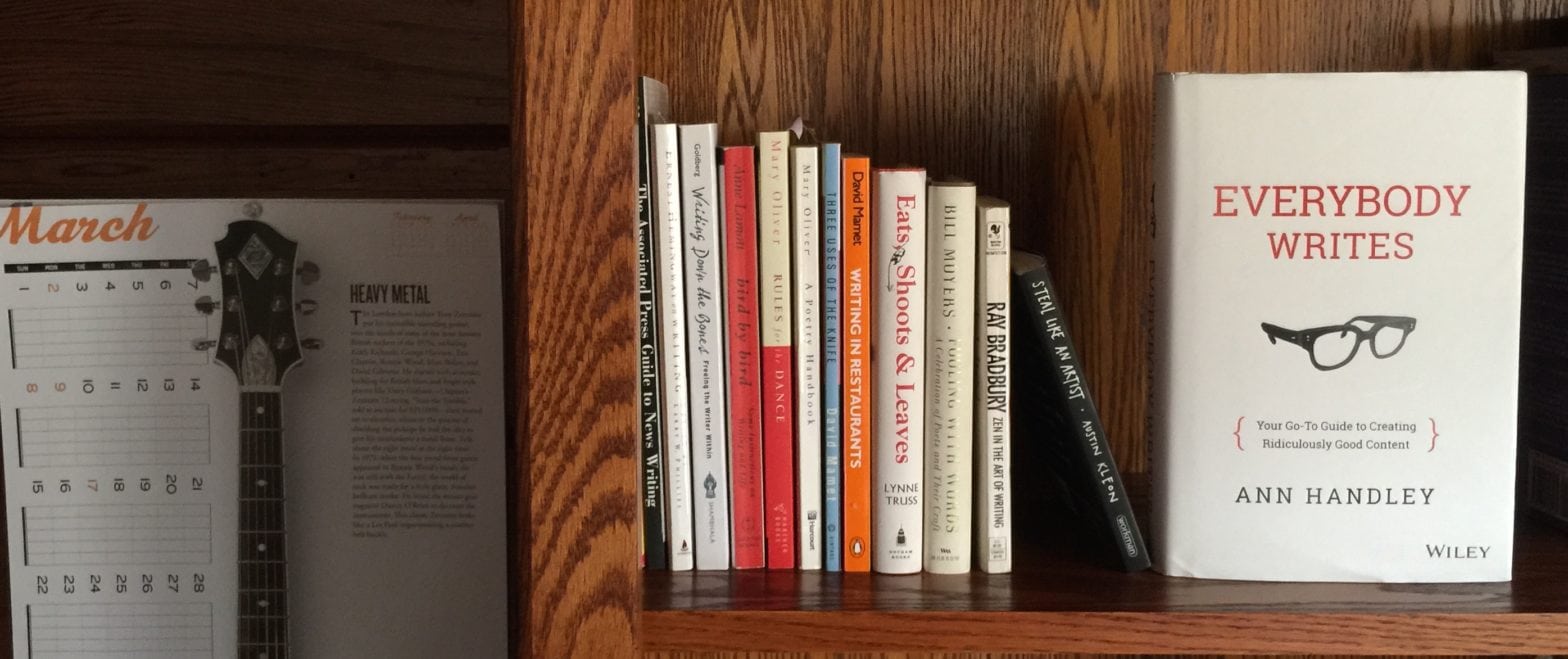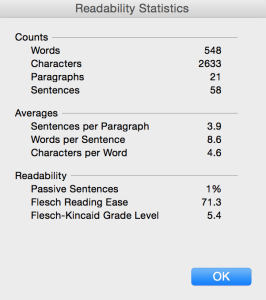
How to Write Better Content Marketing in 12 Steps: Ann Handley

Note: This is a book review of the first edition of Everybody Writes by Ann Handley. Here’s our review of the new second edition..
Better content marketing takes better writing.
Here’s how you can write better, in 12 steps.
A newbie has appeared on my bookshelf about writing: Ann Handley’s Everybody Writes. Ann wrote a handy guide for content marketers who write. Whether you consider yourself a writer or not, you’ll find this book helpful.
The book is stuffed with 69 chapters’ worth of ready-to-use ideas. Even if you’ve read dozens of writing books before, you’ll find it a simple, useful read.
The book offers an abundance of tools for writers. One of the most useful tools is Ann’s 12-step “writing GPS,” a set of easy-to-follow guidelines.
These 12 steps can serve a checklist when you write your blog, article, e-book or book:
1. Goal: know what your business goal is. Exactly what are you trying to achieve with your writing?
2. Reframe: put the reader into your story. Be clear about what’s in it for the reader and offer a clear take-away. Ask “so what?” again and again until the answer matters to the reader.
3. Seek out data and examples. Use your own experience first, as the best writers do. But don’t rely exclusively on your own experience. Turn to authoritative sources that can bolster your story.
4. Organize material into a known form. Figure out the architecture of the story. Is it a list, a how-to guide, a narrative, a cookbook?
5. Write to one person. Imagine the person you’re helping by writing. Write directly to him or her.
6. Produce the ugly first draft. Give yourself permission to write badly. Just hold your nose and get it down on the page.
7. Walk away. Give yourself some time between the ugly first draft and the rewrite. If you’re under deadline pressure (and who’s not?), at least take a walk or go get a cup of coffee before you try to rewrite the ugly first draft.
8. Rewrite. Read your story like a reader. Edit it to fit what the reader needs to know.
As one of my favorite writers, John Irving, said, “I may not be the most gifted writer, but by God, I can rewrite.”
9. Give it a great headline or title. How? Create curiosity (but avoid smarmy click-bait headlines). Promise what the article will deliver. Place readers into headlines. Keep headlines short. Test headlines on social media. Include numbers. Use lively language.
10. Have someone edit. Find someone who’s great at grammar, usage, style, punctuation and proofreading.
11. Pay attention to readability. Keep words, sentences and paragraphs short. Check for white space. Use bullets and avoid chunky text.

Although Ann admits she’s ambivalent about readability testing, I’d add: always test for readability. Use the readability test built into Word, especially when you write for a global audience.
12. Answer the reader’s question: what next? What exactly do you want the reader to do as a result of reading your piece? What’s the next step?
Ann has won a place on my writing bookshelf by gleaning ideas from great writers. She cites a number of books that are well worth reading:
• Steven King’s On Writing
• Anne Lamott’s Bird by Bird
• Ernest Hemingway’s On Writing
• Austin Kleon’s Steal Like An Artist.
Makes me wonder: Where do you go for advice on writing? Do you have a great editor to work with?
Contact Us





